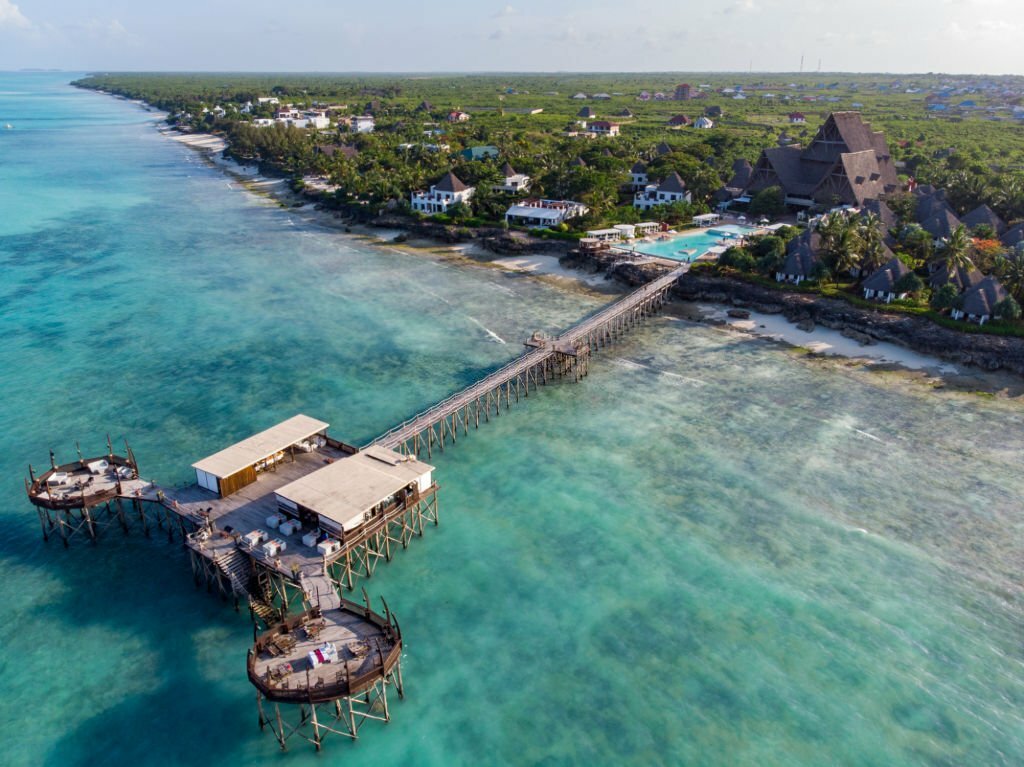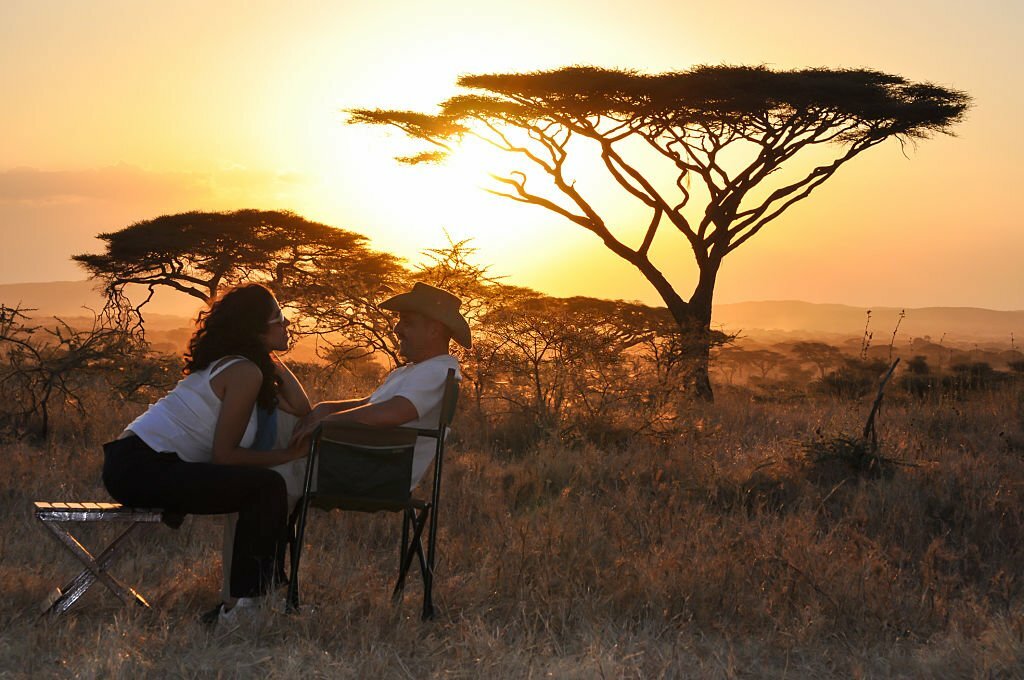The Ngorongoro Crater is a geological marvel and a key feature within the larger Ngorongoro Conservation Area in northern Tanzania. Here are some key details about the Ngorongoro Crater:
Formation: The Ngorongoro Crater is a large volcanic caldera formed by the collapse of a volcanic mountain, possibly during a massive volcanic explosion. It is estimated to be around two to three million years old.
Geography: The crater is approximately 20 kilometers (12 miles) in diameter, with walls reaching heights of 600 meters (1,968 feet). It covers an area of about 260 square kilometers (100 square miles) and is one of the largest intact calderas in the world.
Wildlife: The Ngorongoro Crater is renowned for its rich and diverse wildlife population. The crater floor provides a unique and enclosed ecosystem, making it a natural habitat for a wide variety of animals. Visitors have the opportunity to see an abundance of wildlife, including large herds of wildebeests, zebras, and gazelles, as well as the “Big Five” – lions, elephants, buffaloes, leopards, and rhinoceroses.
Birdlife: The crater is also home to numerous bird species, including flamingos, eagles, and various water birds. The lakes within the crater attract a large number of waterfowl.
Vegetation: The crater floor features different habitats, including grasslands, swamps, and acacia woodlands. The Lerai Forest, located on the crater’s southeastern slopes, is known for its diverse plant life.
Conservation: The Ngorongoro Crater is a UNESCO World Heritage Site and is considered a conservation success story. The unique balance between wildlife conservation and the coexistence of the Maasai people, who live in the surrounding areas, contributes to the conservation area’s distinct status.
Safari Experience: Visitors to the Ngorongoro Crater can enjoy game drives to witness the incredible wildlife within the crater. The enclosed nature of the crater provides an intimate and concentrated safari experience, with the opportunity to see a high density of animals in a relatively small area.
Cultural Aspects: The Maasai people, who live in the surrounding areas, graze their livestock alongside wildlife, showcasing a harmonious coexistence between humans and animals. Some cultural experiences, such as visits to Maasai villages, can be arranged in the broader Ngorongoro Conservation Area.
The Ngorongoro Crater is a highlight of the Tanzanian safari experience, offering breathtaking landscapes and incredible opportunities to observe wildlife in a unique and natural setting.







